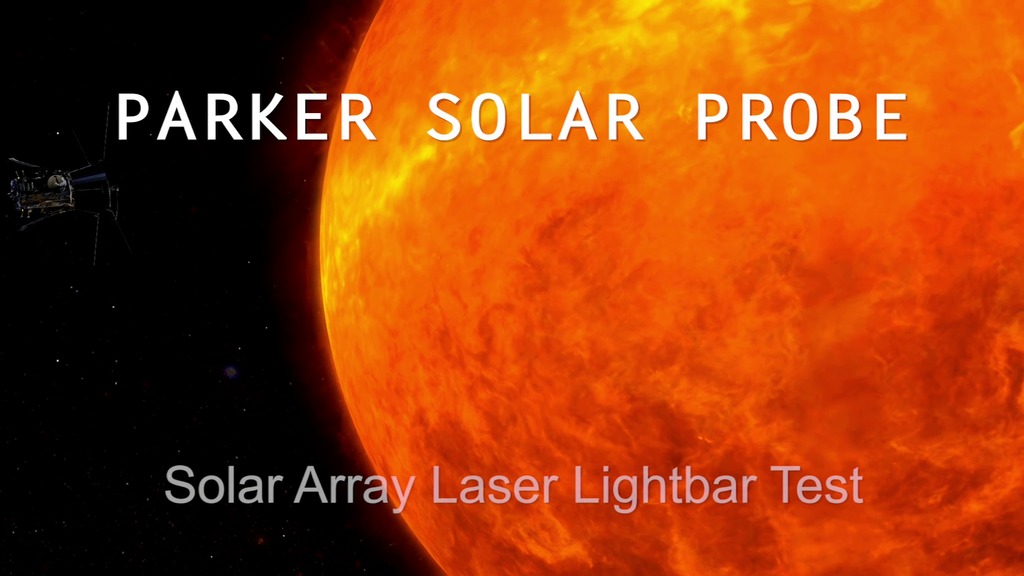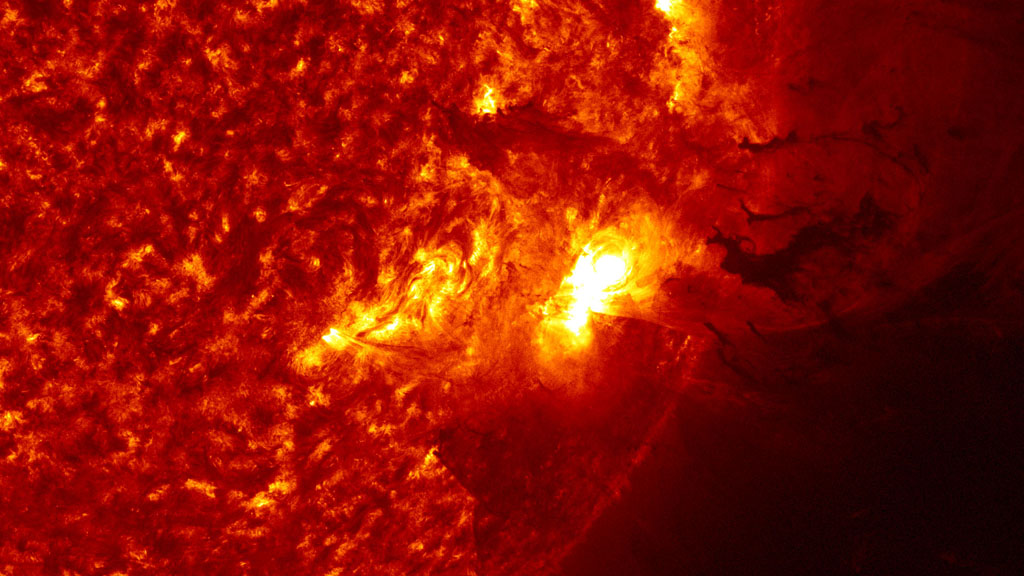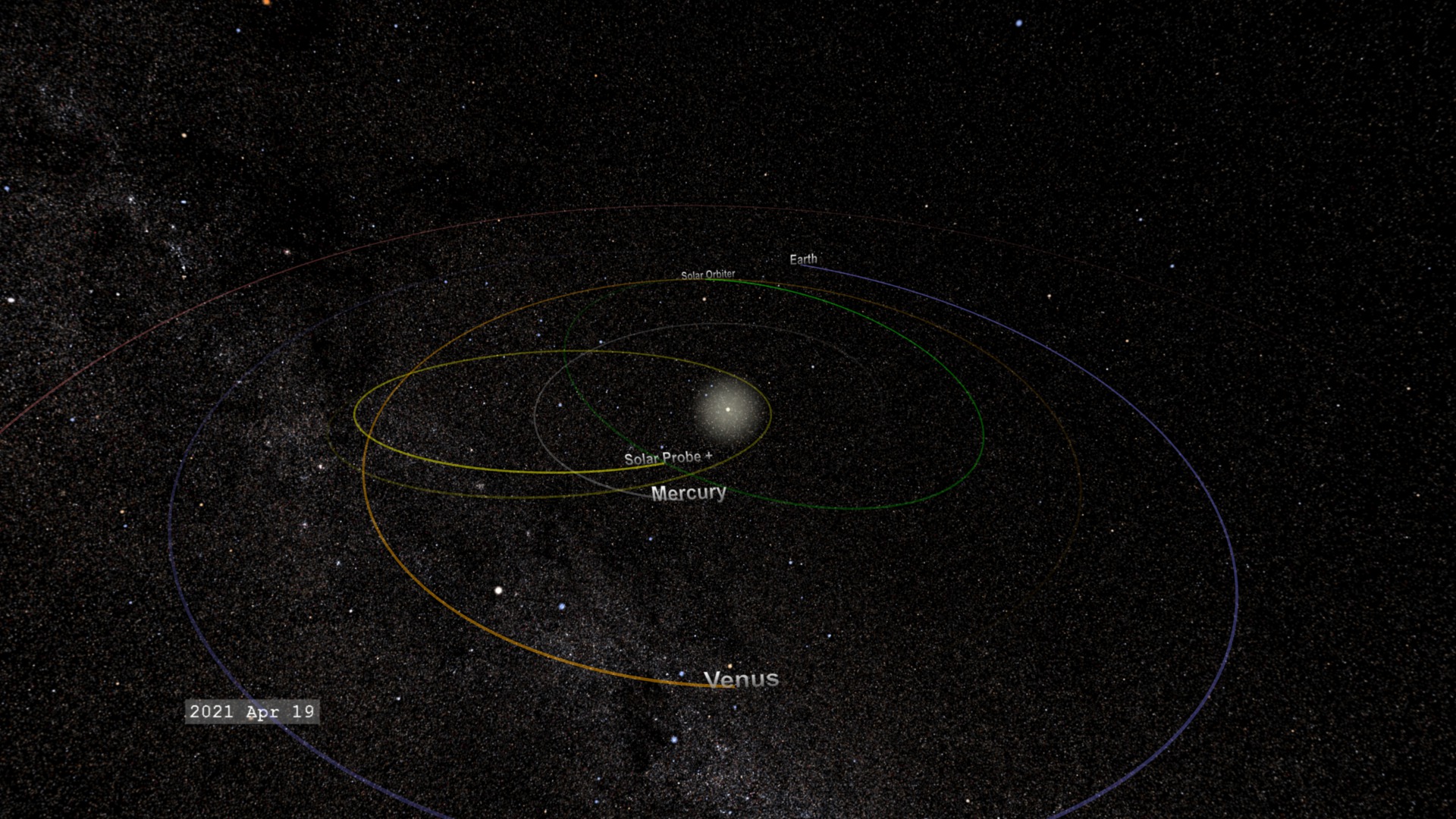Touching the Sun

Parker Solar Probe will observe the sun from a closer vantage point than ever before.
The corona is the sun’s outer atmosphere and a constant source of curiosity for scientists who study our star. The corona is hundreds of times hotter than the sun’s surface. This is contrary to our normal experience - that it's cooler further away from a source of heat - so it poses a mystery for solar scientists. The corona is also where magnetic, energetic solar material is accelerated out into space in a non-stop flow called the solar wind. Launching in 2018, Parker Solar Probe will fly through the corona, closer to the sun’s surface than any other spacecraft to date. Scientists hope this data will help them understand how heat and energy move through the corona and drive the solar wind, which can cause space weather here on Earth. Parker Solar Probe will make two dozen close approaches to the sun over its seven-year mission. NASA named this mission in honor of Eugene Parker, a solar astrophysicist who revolutionized our understanding of how the sun’s emissions affect our solar system. Watch the video to learn more.
Parker Solar Probe launches in 2018 and will travel closer to the sun’s surface than any spacecraft has before.

Parker Solar Probe’s primary science goal is to trace how energy flows through the corona, the outermost layer of the sun’s atmosphere.

To reach the sun, Parker Solar Probe's path uses seven gravity assists from Venus to propel it closer to the star.

A 4.5-inch-thick carbon-composite shield will keep Parker Solar Probe’s instruments at room temperature as the spacecraft approaches the sun.
For More Information
See NASA.gov
Credits
Please give credit for this item to:
NASA's Scientific Visualization Studio and Johns Hopkins University Applied Physics Laboratory.
-
Scientist
- Eric Christian (NASA/HQ)
-
Writer
- Micheala Sosby (NASA/GSFC)
-
Animator
- Steve Gribben (Johns Hopkins University/APL)
Release date
This page was originally published on Monday, October 2, 2017.
This page was last updated on Wednesday, May 3, 2023 at 1:47 PM EDT.


